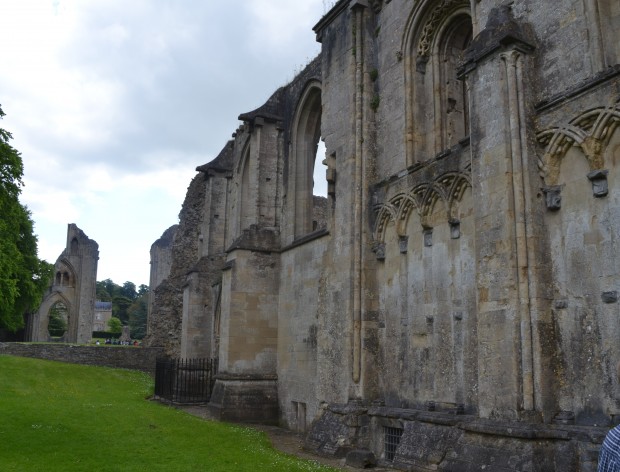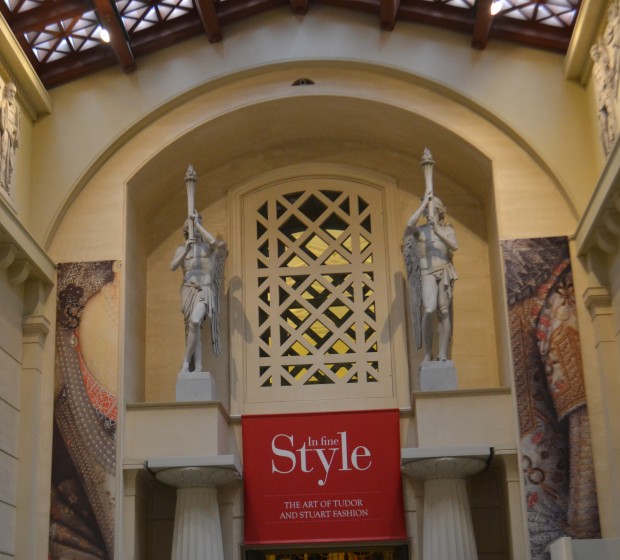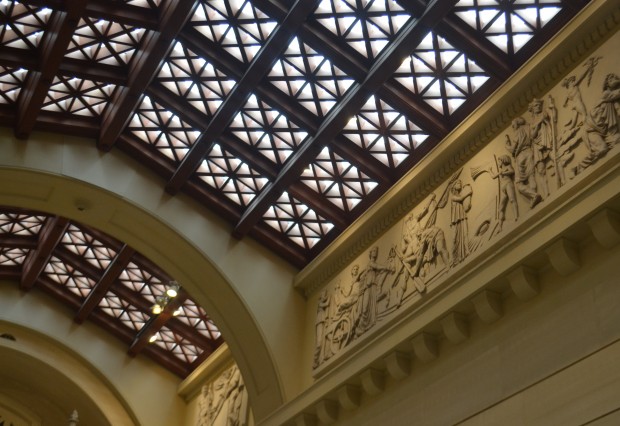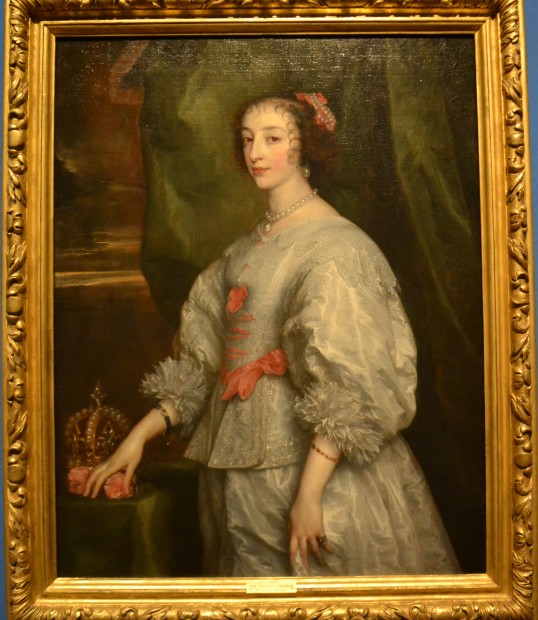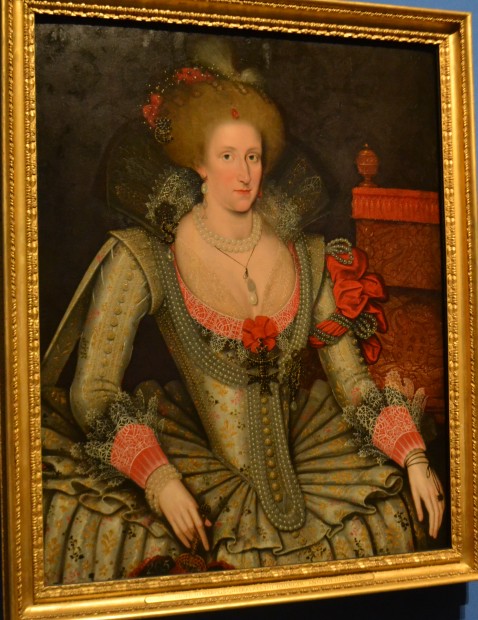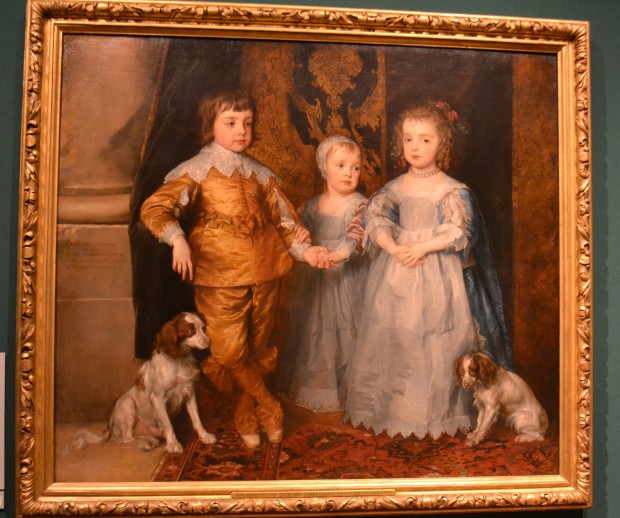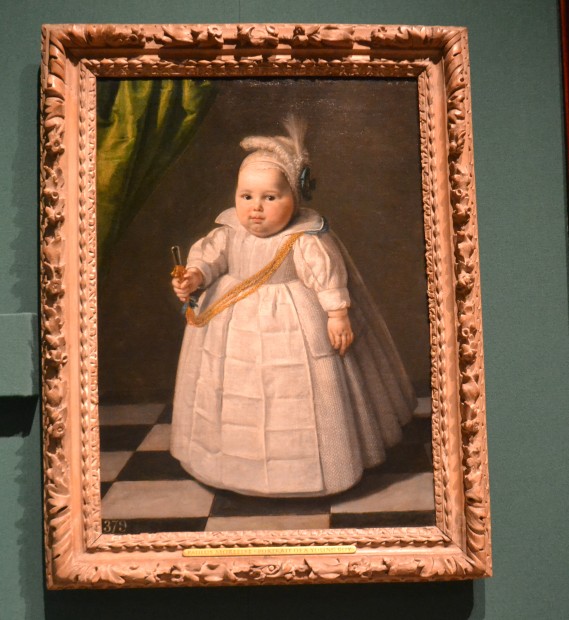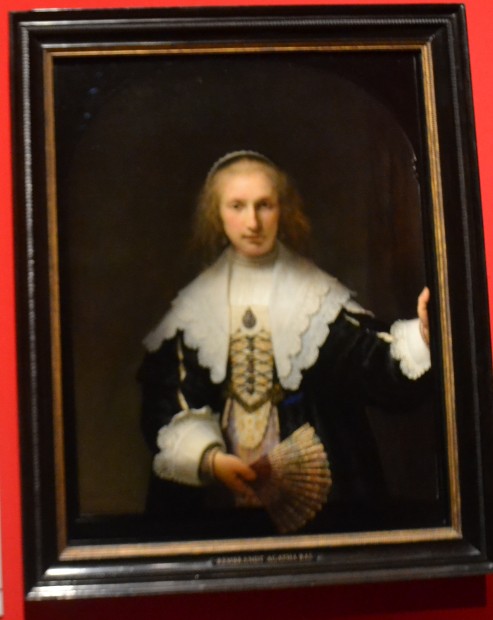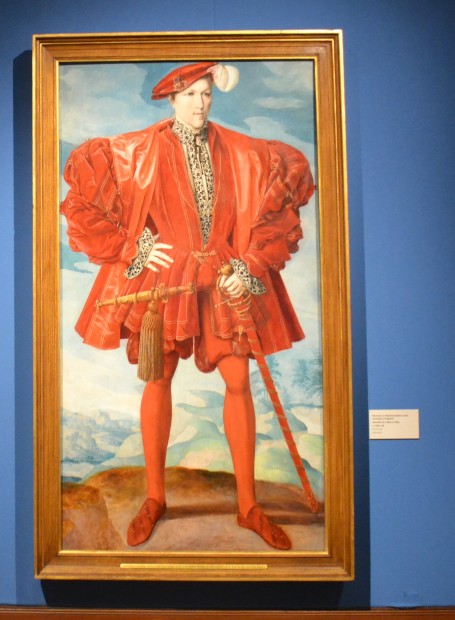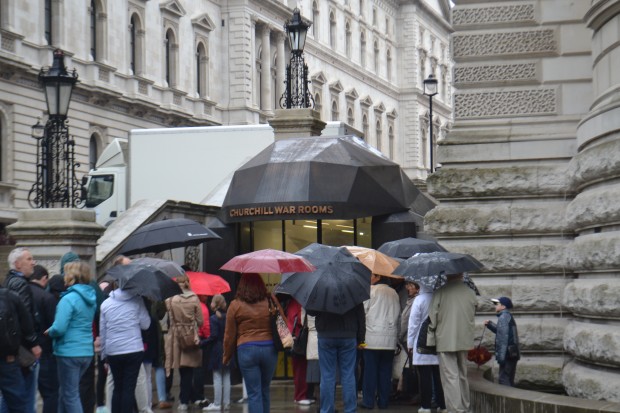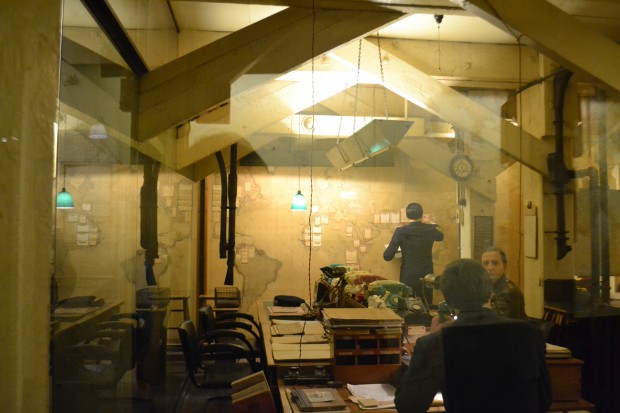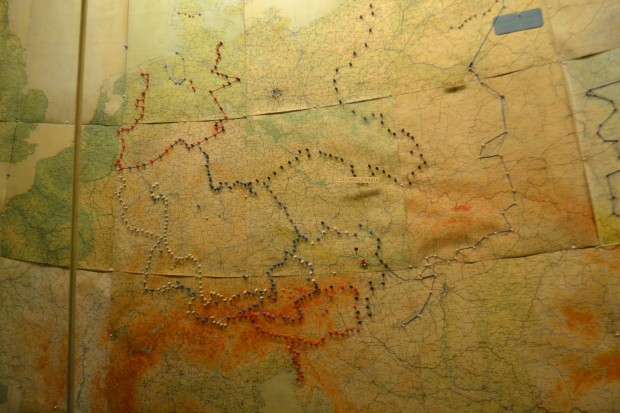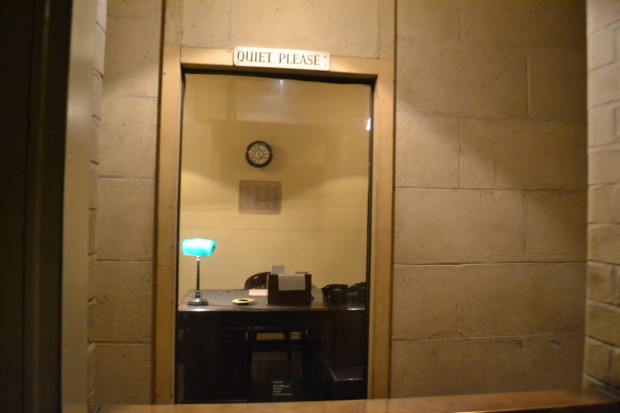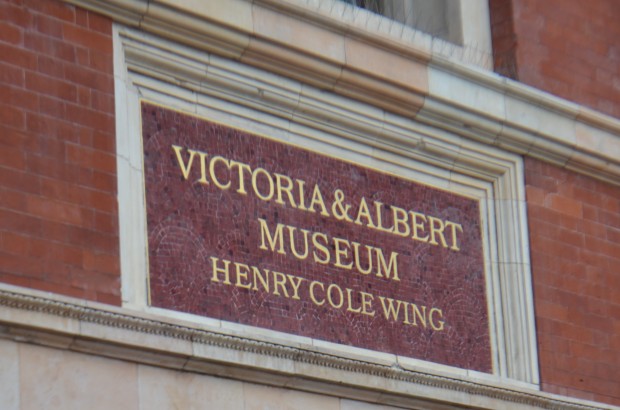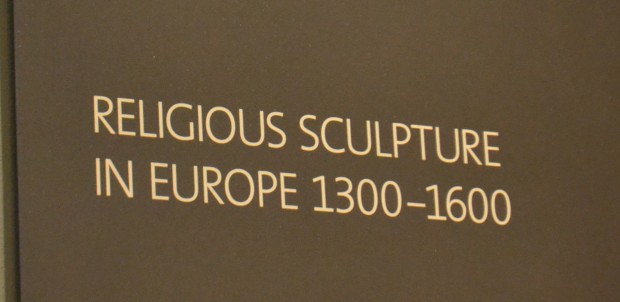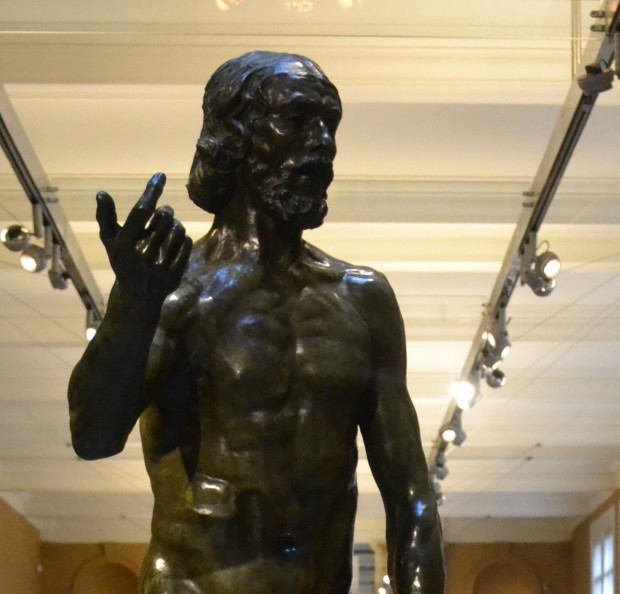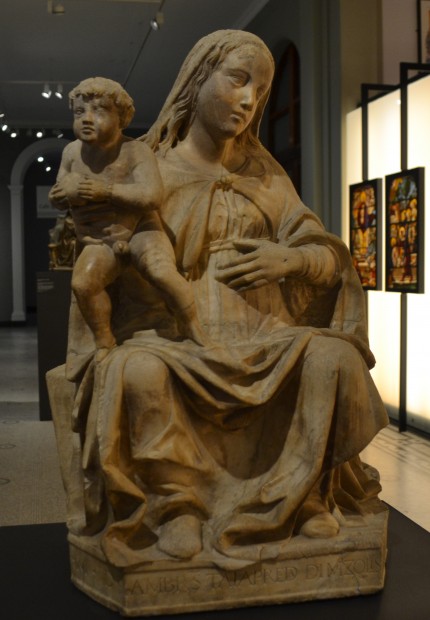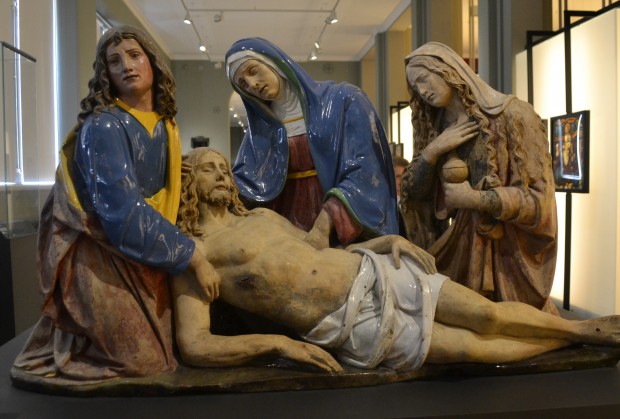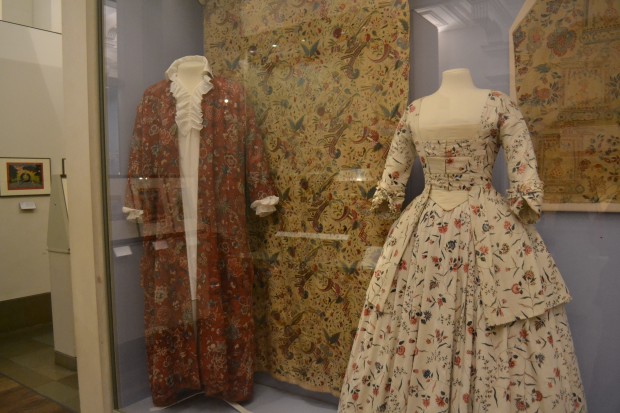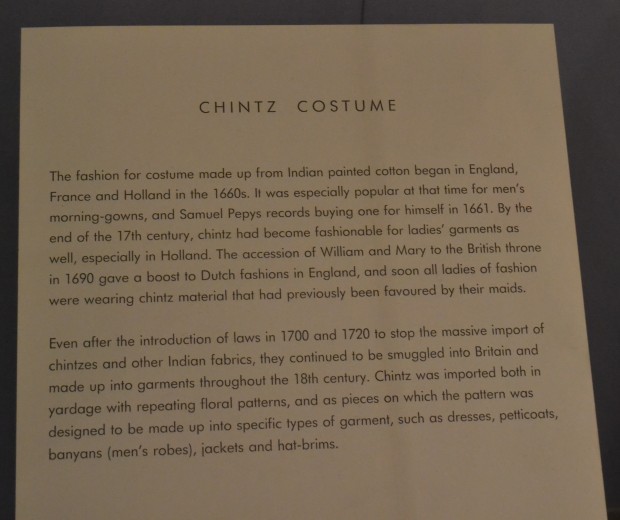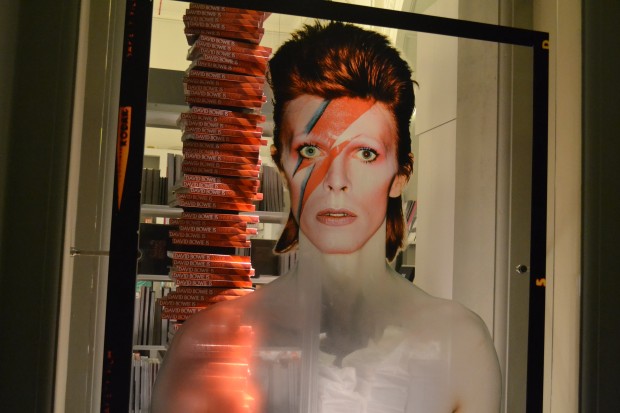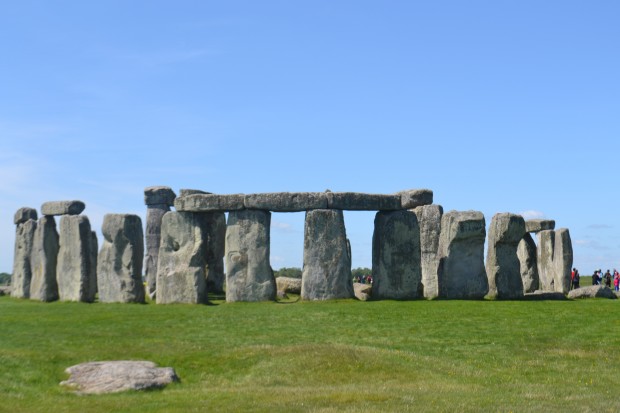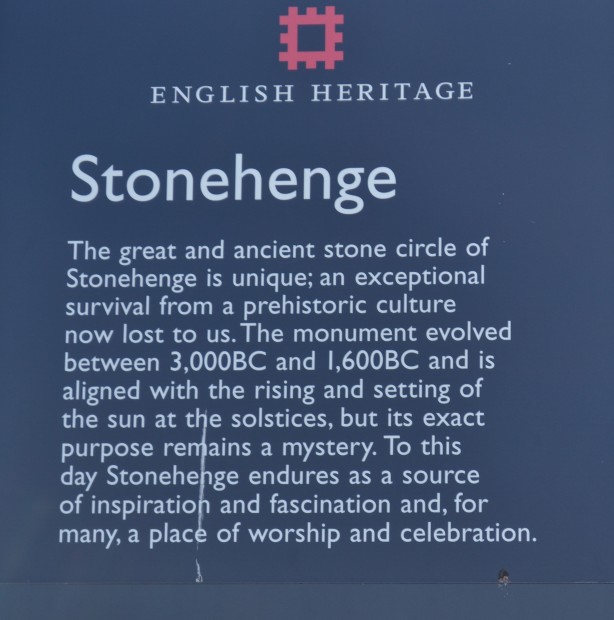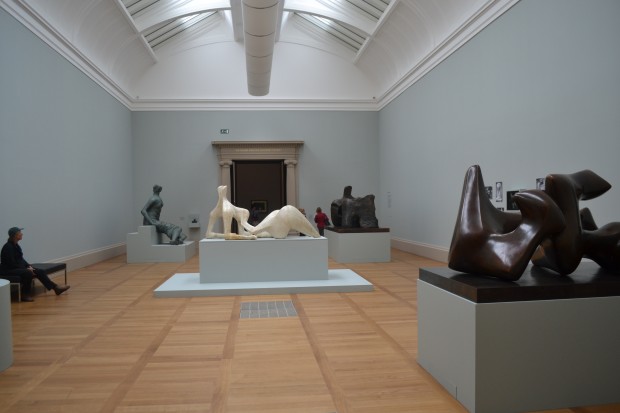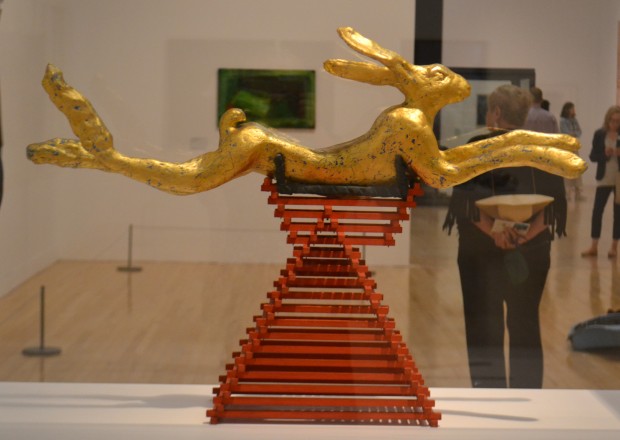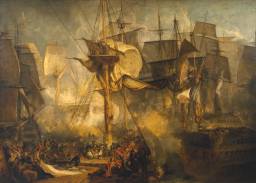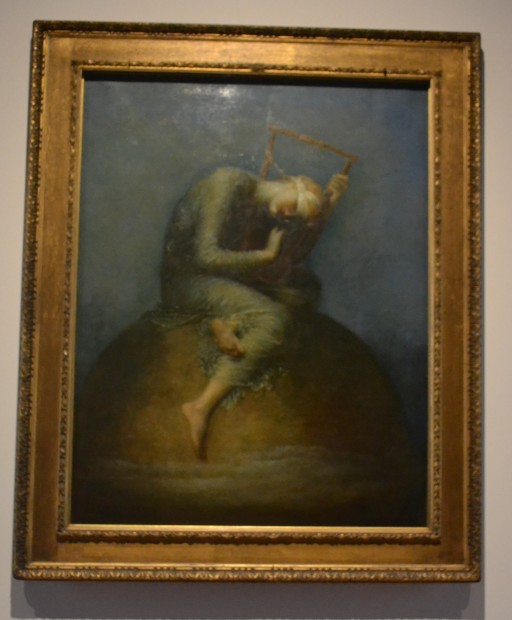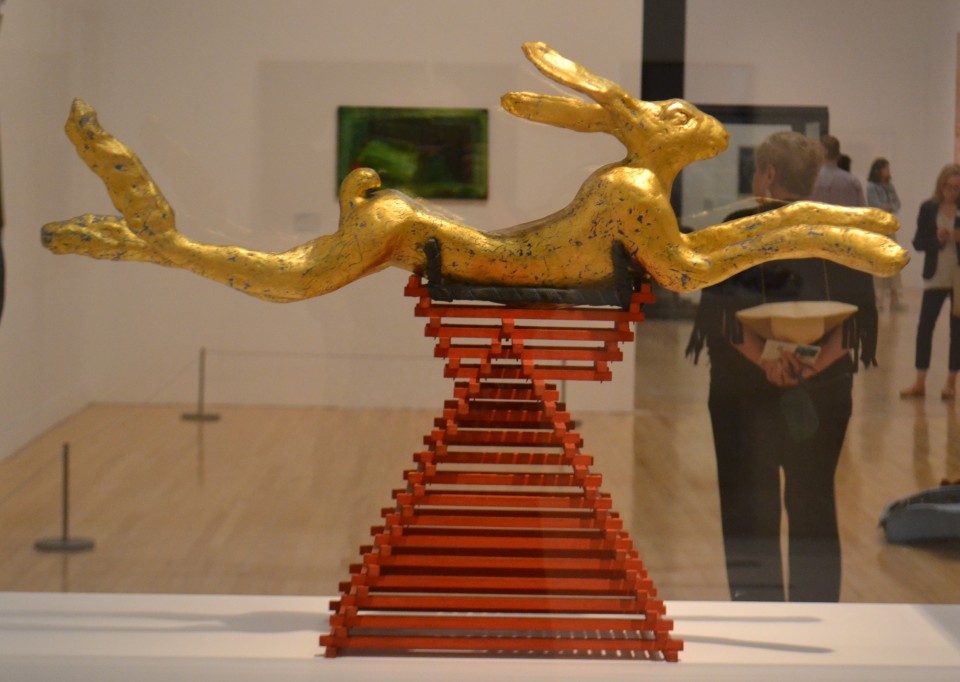
Reason number 3,764 to return to England. I didn’t get to visit all the museums. (There are probably more than 3,764 museums in England, but… that number will do for a start.) We missed The British Museum and the National Portrait Gallery just to mention two. We did not even get to see all the exhibits in the museums we did visit. (I do not want to see ALL the museums, but it would be nice to visit a few more.)
I must admit that I think all of England could/should be considered a museum. Around every turn there were ancient walls and ruins. There were prehistoric monoliths, castles, abbeys, thatched roof houses, black and white businesses, hedgerows, burial sites, and 18th century pristine dwellings. Be still my heart. Then there were the “official museums”. Every town has memorials and museums in honor of famous historical events and people. It was a lot to absorb.
The first museum we visited in London was The Queen’s Gallery at Buckingham Palace. The museum was across the street from our hotel, and it was having an exhibit titled In Fine Style – The Art of Tudor and Stuart Fashion. The building itself was a museum. Love the figures holding torches over the entrance.
Beautiful. Absolutely beautiful.
The online description of the exhibit is interesting.
Even when it conceals the body, clothing is revealing.
This exhibition tells a story of fashionable dress through portraiture.
It demonstrates how clothing reveals information about both the wearer and the attitudes and values that shaped society of the time.
Exploring fashionable clothing worn during the Tudor and Stuart reigns (1485 – 1714) by members of the royal family, courtiers and the increasingly wealthy gentry, this exhibition compares paintings from the Royal Collection with rare surviving examples of costume, and unstitches the ‘truth’ of dress in art.
The prominence given to clothing by artists demonstrates that personal appearance was central to court life.
Fashionable clothing was – above all – a way to display status.
Clothing dictated how someone appeared and how they moved.
In their shimmering silks, huge gemstones and complex hairstyles, these people were themselves works of art upon which enormous sums of money and hours of time were spent.
This would have been immediately obvious to the contemporary viewer of both the living clothed figure and their representation in paint.
Not much has changed. What the Duchess of Cambridge wears today will most certainly be copied and in stores next week. Thankfully her clothes are not as ornate and uncomfortable as the dress of the Stuarts and the Tudors.
Wow! Notice the gown, the jewels, the lace, and the pearls. What a fashion statement.
I was fascinated by the pictures of the children. These is a portrait of The Three Eldest Children of Charles I painted by Van Dyck, The boy on the left is in breeches. Around the age of six or eight, boys were allowed to wear breeches, and this was an important milestone. The child in the center of the picture is also a boy, and their sister is on the right. I love the addition of the King Charles spaniels.
Portrait of a Young Boy by Paulus Moreelse. Poor baby. He is stuffed into this gown.
I love, love, love the Rembrandt painting of Agatha Bas. It is beautiful and so delicate.
Portrait of a Man in Red. This portrait is over two meters tall – probably life size. It is so important that the painting is housed in its own room. Portrait of a Man in Red is unusual because the man is wearing all red rather than black which was usually worn. Who is the Man in Red? They really do not know and identifying portrait sitters (or standers in this case) from 400 years ago is a hard task.
We waited in line in the rain to visit the Churchill War Rooms. It was worth it. This underground bunker was the original cabinet war rooms during World War II.
The maps were on the walls, and the phones were on the tables.
Just imagine. This is where strategy decisions were made during the war.
Churchill’s office was behind this door. This area was walking distance from Parliament, and it was never detected.
Men and women who worked in the war rooms shared recorded oral histories videos. They were very interesting. During the war, they could not tell where they worked or what they were doing. Do go if you get a chance.
The Victoria and Albert Museum was high on my list of places to visit in London. I do need to go back and spend more time here. What I saw I loved.
Be still my heart. Perhaps this was my favorite (on this day) It is Auguste Rodin’s sculpture of John the Baptist. It took my breath away- so powerful.
This Virgin and Child was probably on an outside building because it is weathered. It is from Florence and was made by Ambrogio de Mazolis in 1536. Jesus looks like he could be a linebacker in this sculpture. I like it. Jesus was not a weakling.
Oh, the agony depicted in this terracotta sculpture of the dead Christ with St. John, The Virgin, and St Mary Magdalene.
Sweet Mother of Pearl! In this exhibit they displayed dresses made from early chintz.
Live and learn!
David Bowie had a special exhibit at the V & A, but we were unable to get tickets because it was sold out. The Victoria and Albert has free admittance, but special events cost. I would have liked to have seen this exhibit. Weird – in a good way.
Stonehenge:
It isn’t really a museum, but… wanted to share.
Amazing!
On our last day in London, we visited the Tate Modern and the Tate British Museums. I did not take as many pictures. Who knows what I was thinking?
The Tate Modern lives up to its name. The sculptures and art are modern. The exhibits are displayed according to ten year intervals since 1900. It worked. I think I need to be more sophisticated to appreciate this museum.
Sweet Mother of Pearl. Look at this. At the Tate Modern, they have a Leaping Hare just like the one at North Park Mall in Dallas. The sculpture is made of gilded bronze by Welsh artist Barry Flanagan. (I think North Park’s hare is larger.)
The Tate British is good – real good. First we visited the Turner exhibit. The Tate British has the largest collection of Turner painting in Britain.
The Battle of Trafalgar as Seen from the Mizen Starboard Shrouds of Victory. ( I got this image from the Tate British website since I did not bother to turn on my camera.) I remember seeing this painting at the Dallas Museum of Art when the Turner Exhibit was here. It is an emotional painting that shows the death of Admiral Nelson.
I did take a picture of George Fredrick Watts’ painting – Hope. I was so touched by this painting. The girl is sitting upon a globe. She is blind and her clothes are tattered. All of the strings on her lyre are broken except one. She bends her head to hear the faint music from the one string. Even though the picture has a sense of melancholy, I think the title says it all. Hope – no matter what may come our way. There is Hope.
Blessings to you and yours,
While thinking about Hope, I was reminded of the old hymn –
“My Hope is Built on Nothing Less”
My hope is built on nothing less
Than Jesus Christ, my righteousness;
I dare not trust the sweetest frame,
But wholly lean on Jesus’ name.
On Christ, the solid Rock, I stand;
All other ground is sinking sand,
All other ground is sinking sand.
Edward Mote – 1837
“Now faith is confidence in what we hope for and assurance about what we do not see.” Hebrews 11:1

